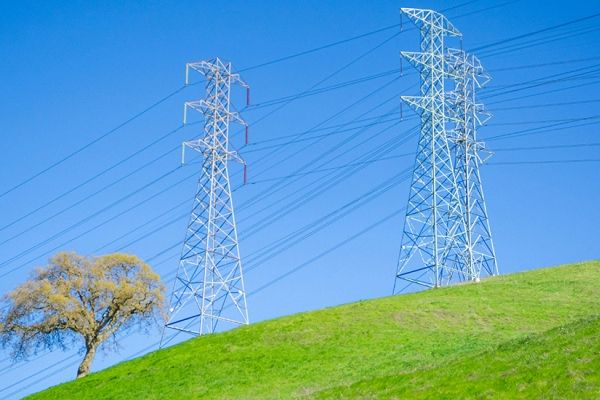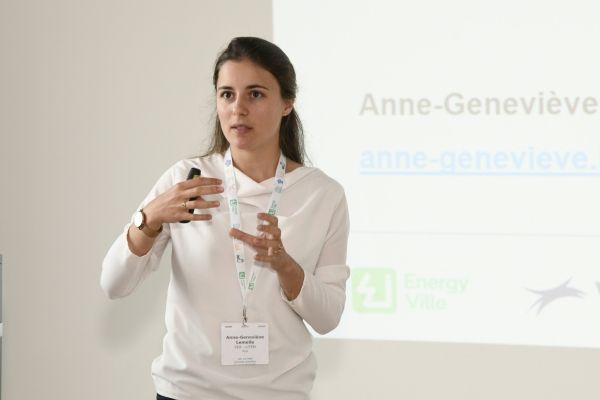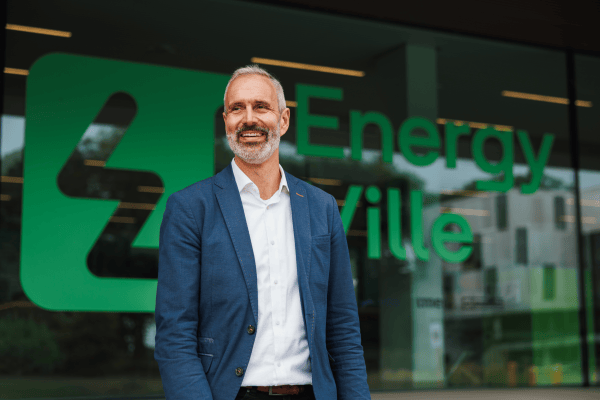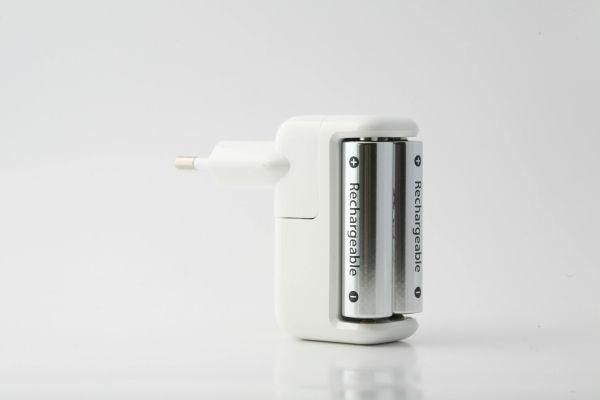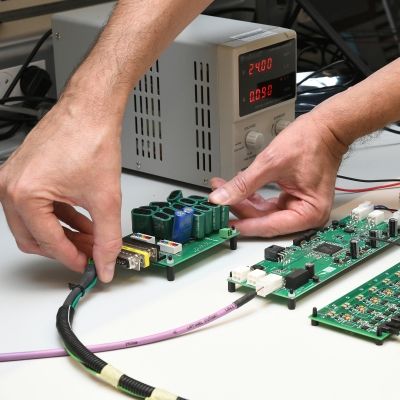Distribution grid as an enabler for the energy transition
Fluvius and VITO/EnergyVille have been joining forces since 2017 to get a better view of the status of the low-voltage grid. After all, this is being put to the test more and more due to the advance of electrification. With a thorough knowledge of the limitations, as well as the possibilities, the grid needs to be prepared for the future. Picture: copyright Fluvius
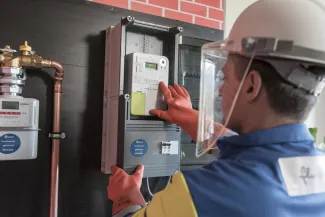
There was some notable news from the Netherlands in the summer of 2022. In the provinces of Noord-Brabant and Limburg, the grid operator decided to provisionally stop granting new companies a connection to the electricity grid. The reason? The grid was at full capacity due to rapid electrification of industry, mobility (charging stations) and heating (heat pumps).
Accelerated electrification has impact on low-voltage grid
We definitely want to avoid such a scenario in our country, which first and foremost requires a better and more accurate view of the low-voltage grid, the part of the electricity grid that brings power to homes and buildings. This visibility has historically been limited, partly because the capacity has always been met by a wide margin (via over-dimensioned cables). This has meant that peaks in the electricity demand have never really caused any problems. But this ‘fit & forget’ strategy, as it is known, is getting far too expensive, making it no longer feasible now the decentralised production of renewable energy is only growing, now mobility and heating are being more and more electrified and now demand/response technologies are further raising the synchronicity of the distribution grid. If we do not switch to another strategy, the grid may make things more difficult for the energy transition.
Since 2017, Fluvius, which manages the Flemish low-voltage grid, has been calling upon VITO/EnergyVille's knowledge and expertise to improve the view on the distribution grid. This allows better use of the existing capacity and, where necessary, targeted investments can be made to resolve any bottlenecks in a timely manner. ‘We saw the current trends coming five years ago,’ says Joris Soens, Transition Manager for Grids & Systems at Fluvius. ‘The main driver is the sudden electrification of applications such as mobility and heating, the main impact of which happens to be on the low-voltage grid.’ Although the situation was not yet acute five years ago (and it still isn't yet today), Eandis and Infrax, the precursors of today's Fluvius, decided as early as then to act quickly and proactively, calling in the assistance of external partners – these became VITO/EnergyVille and the KU Leuven, more specifically Professor Dirk Van Herterm's research group. ‘We wanted to operate in the long term, hence this collaboration.’ Indeed, the ADriaN project (Active Distribution Networks) has a huge ambition: it envisages the distribution grid becoming an enabler in the energy transition, rather than a bottleneck.
The project brings together a conventional and an innovative approach. ‘We're working at the interface between classical energy systems technology and data science,’ says Koen Vanthournout from VITO/EnergyVille. In order to drastically increase the visibility of the grid, the information from measurement data needs to be used as efficiently as possible. ‘The total length of all the cables in our distribution grid amounts to over 86,000 kilometres, which is more than twice the length of the equator,’ says Soens. ‘So it's not hard to imagine that it's a complex exercise to get a view of the state of the entire grid that's as efficient as possible and then get to work on the results.’
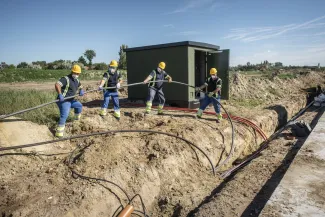
Assessing the load on the grid more accurately
What happens in the ADriaN project in practice? For example, it investigates what data originating from measurements in electrical cabinets or meters can be used to correctly assess the load on the grid – over as great a timescale as possible. Computer simulations are also used for this. The experts at VITO/EnergyVille are exploring new methods for making the current calculations more accurate and complete. Besides that, Fluvius has its own monitoring tools too: these can be used to find out how cables can be used as efficiently as possible, for example, or where capacity needs to be reinforced.
‘This project is a good learning experience, in which we're investigating what does and doesn't work,’ continues Soens. ‘That's giving us a good view of what innovations we need to get ready for industrial implementation. A few other questions we'd like to see answered: What can we simulate and what can we achieve with that? What insights can we gain from digital meter measurements?’ In the case of the implementation of digital meters, the collaboration has already produced results in the form of improved technical specifications.
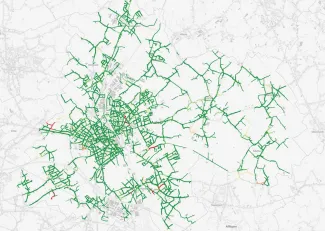
Earlier this year, Fluvius announced that four billion euros would need to be invested into the Flemish electricity distribution grid by 2032, of which three billion into the low-voltage grid and one billion into the medium-voltage grid. The size of those investments is based on grid simulations that, in turn, rely upon estimates for e.g. the rise in the number of electric vehicles or heat pumps in the coming years. Although ADriaN is separate from the investment programme, the project will help to provide a continual reality check. ‘We're constantly looking to the future, but to the here and now as well,’ says Soens. ‘Through ADriaN, we're enhancing the existing technical capability, investigating what more is needed and how we can achieve this without the costs running up too high.’
The reliability of the grids need to be safeguarded in the energy transition, at as low a cost (to society) as possible. This is why ADriaN is also a strategically important project. And it is also important to VITO/EnergyVille. ‘We're building the bridge from research to practice here,’ says Vanthournout. ‘We're not in a lab context here, but are being confronted with real-life problems and challenges. This practical focus is also seeping through to our own research agenda. Besides that, we naturally feel very involved in society too, as helping to guide the energy transition in the right direction is our job.’
The project has no provisional end date and the experts at Fluvius and VITO/EnergyVille continue to consult with one another almost every week on the state of play. ‘We're moving very quickly’, says Vanthournout. ‘We're working within very short research cycles of a few weeks at most, after which we evaluate and adjust as needed. The ability to shift gears quickly is very important in the energy transition anyway.’ The depth of expertise at VITO/EnergyVille and at the KU Leuven is appreciated on Fluvius' end. Soens: ‘The unique thing about our partners is that they're highly adept at both the technical characteristics of electricity systems and the more ICT-related aspects of them – like the hardware and software of electricity systems.’




